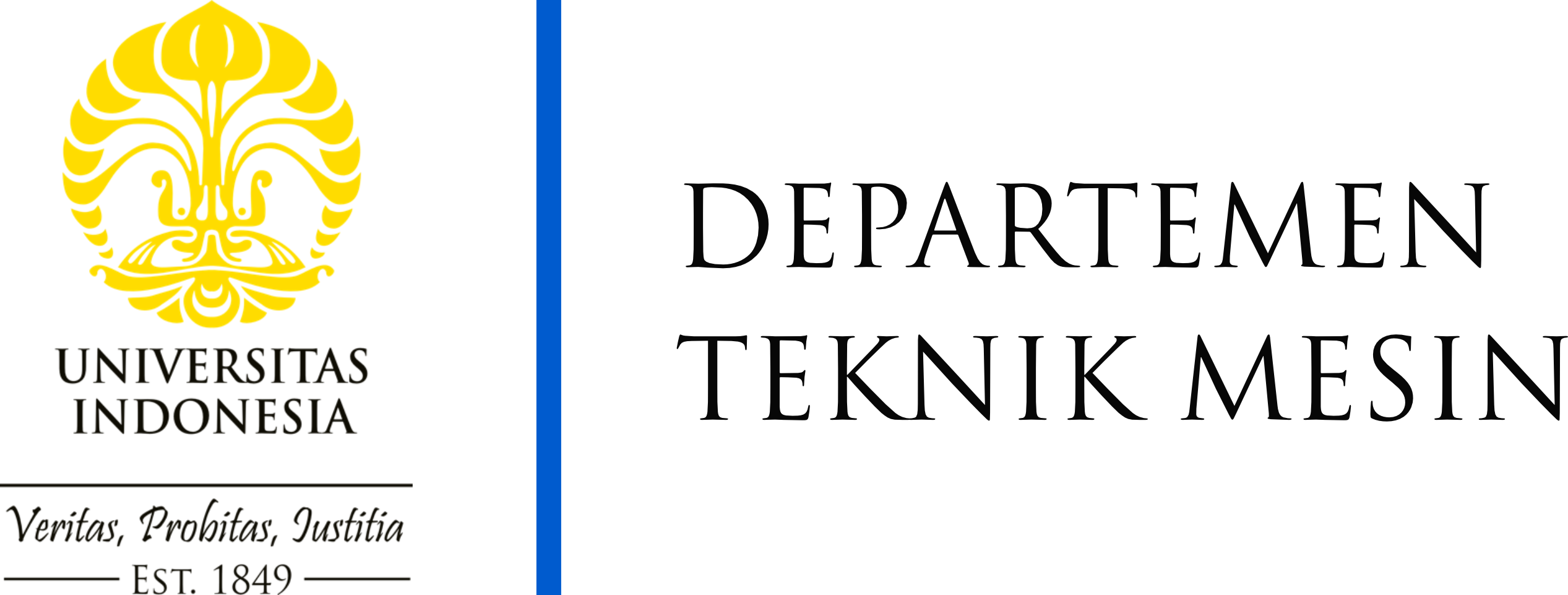ardiansyah@eng.ui.ac.id
2003 – Mechanical Engineering, Universitas Indonesia
2008 – Mechanical Engineering, Chonnam National University, South Korea
2015 – Mechanical Engineering, Oklahoma State University, USA

Hydrocarbons are naturally abundant in Indonesia. They can be benefitted from refrigerants, and their potentials are still immense. However, due to safety requirements, they are only limitedly applied in indoor buildings.
Issues on climate change are increasingly widespread. Increased global temperatures are some indicators of climate change occurring since more greenhouse gases negatively impact the environment. Greenhouse gasses result from conventional refrigerants emitted into the atmosphere due to the increased reliance on fossil fuels.
Considering various adverse effects of conventional refrigerants, we proposed the use of alternative refrigerants, one candidate of which was a refrigerant made of a hydrocarbon. Hydrocarbons as natural refrigerants are available in large quantities. Moreover, they do not perforate ozone and are environmentally friendly with no Ozone Depleting Potential (ODP) and very low Global Warming Potential (GWP). Research is still being conducted on the shortage of flammable hydrocarbons. Thus, community knowledge in understanding its characteristics is very much needed.
To reduce the adverse effects of conventional refrigerants, people are beginning to shift their refrigeration techniques towards natural refrigerants available in nature in large amounts. Moreover, they do not potentially pierce the ozone. More importantly, they have almost no adverse effects on global warming. For instance, the GWP of a conventional R22 refrigerant used in a building or a residential building is 2000. It means that the substance is 2000 times more dangerous than CO2. On the other hand, the GWP of a hydrocarbon is only 3. The ratio is 3:2000. Therefore, it is much lower than a conventional refrigerant, around one five-hundredth. Ammonia, CO2, and H2O are other natural refrigerants with more complex characteristics and are not commonly used yet. For example, hydrocarbon refrigerants have flaws due to their flammability. The public is concerned about them. In terms of their daily use, these substances are also contained in gas fuel such as LPG. However, since people are more familiar with LPG used as a cooking fuel, they are inclined to use it for cooking. Therefore, it is crucial to train the technicians in their installing capacity.

The potential use of natural refrigerants in the future is auspicious. Moreover, it is also supported by academic communities that provide the public with more applicable knowledge. More importantly, the government should improve the operators’ competencies through the Indonesian National Work Competency Standards with a list of competencies that a technician should possess. Besides the necessity to improve the technicians’ performance, the community is also expected to appreciate the installers’ job to create a synergy among them.
